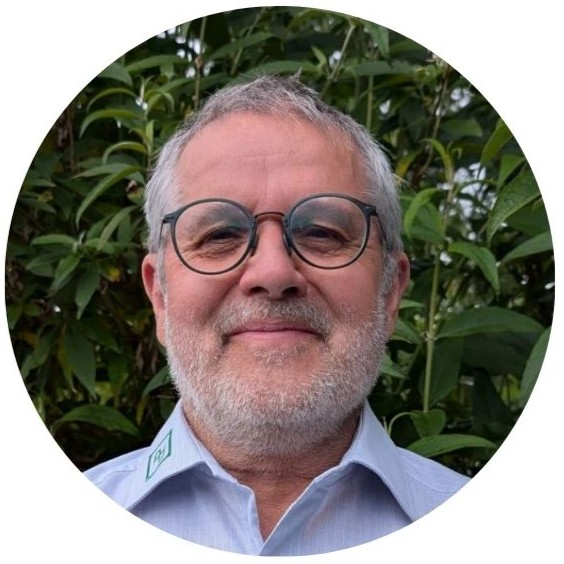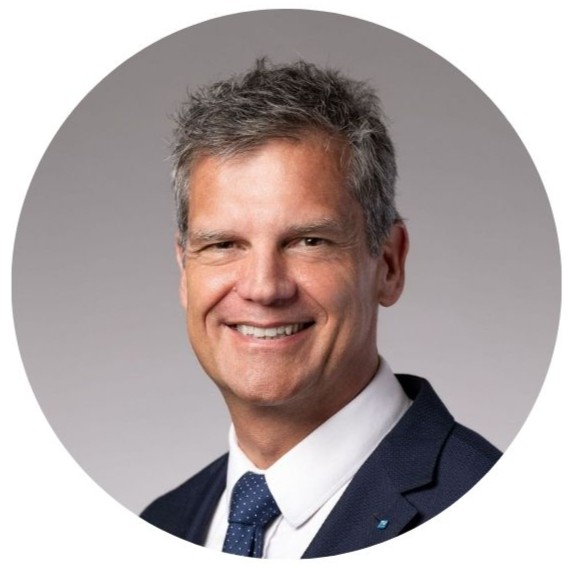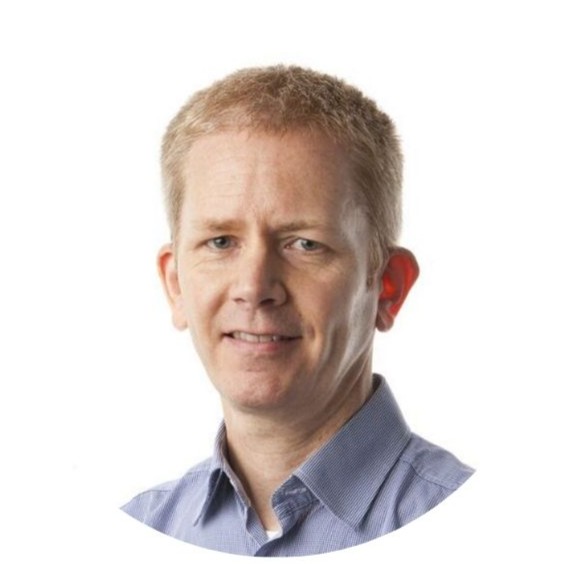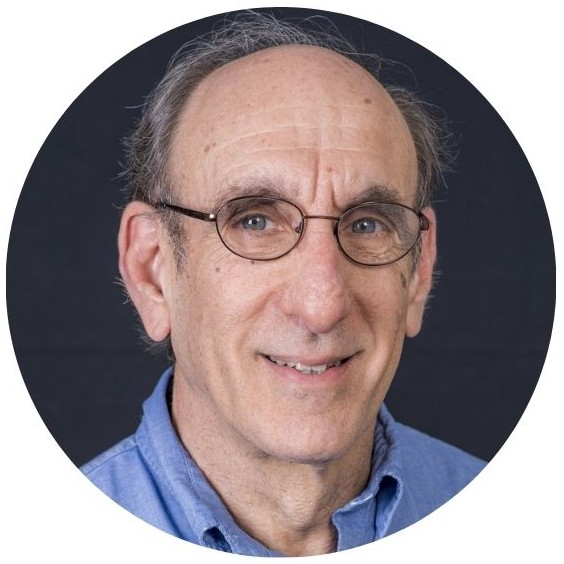JV Award of Merit 2025
About JVAM
This special Award was introduced in 2017 to honor and reward individuals or contributors who have made outstanding personal contributions to the progress and development of the international glass industry over the years. Such contributions may represent, e.g., product/process development, innovations, systems, construction, design, architecture, ambitious research initiatives, and advanced learning. The Prize offers an opportunity to extend both recognition and visibility for achievements that enjoy broad-based appreciation within the industry. Read more.
The winner of the GPD 2025 JV Award was announced at the Get Together on 11 June in Tampere, Finland. Our congratulations to Graham Dodd!
GPD 2025 JV Award Nominees
The following people were nominated for the 2025 Jorma Vitkala Award of Merit based on their excellent contribution to the industry. The winner was chosen by online voting.

Peter Pokoern
Peter Pokoern has been working in and supporting glass business with his expertise since 1985.
At the beginning of his career at Bohle AG he was responsible for manual glass cutting and as a product manager for Glass UV Bonding.
In 2002 as a leading specialist and manager he took over the area of the Industrial Glass Cutting Technology at Bohle AG and has remained loyal to that area of glass business ever since.
Since 2002 Peter has established the biggest network with customers in almost 60 countries, visiting them on the regular basis and always providing professional first-class advice on any glass cutting applications.
Another highlight in Peter’s career is his regular participation in GPD as a trainer on industrial glass cutting technology.
His strong connection with GPD is because the event is a unique opportunity to share valuable knowledge among the specialists of the glass industry.
Peter’s retirement in 2022 did not interrupt this connection. He still remains in close contact with the customers worldwide and as a consultant contributes with his expertise to the improvement of processes and products quality in the glass industry.

Tim Macfarlane CEng MIStructE FRIBA FRIAS RDI
Tim Macfarlane has practiced structural engineering for over 40 years.
His work ranges from developing detailed solutions for small challenging projects to providing conceptual design and design management of large scale architectural developments.
He has worked on many award winning buildings in many countries and throughout his career has taught structural design at architectural schools in the UK and the USA.
The development of glass as a primary structural element has been a significant area of research in practice that Macfarlane has contributed to since 1987.

Jens Schneider Prof. Dr.-Ing.
Jens Schneider is a structural engineer and academic leader with over two decades of experience in both industry and academia.
His work spans innovative structural design, energy-efficient construction, and the pioneering use of glass as a structural material. He founded the Glass Competence Center at TU Darmstadt and has contributed to major international projects and led research initiatives that bridge engineering and architecture.
As Rector of TU Wien and former Vice President at TU Darmstadt, he has played a key role in shaping academic strategy and international collaboration.
Jens is also a long-term contributor to the Glass Performance Days (GPD), and a passionate educator committed to advancing the next generation of engineers.

Graham Dodd
Graham Dodd is a Director and Arup Fellow, renowned for his relentless curiosity and commitment to driving improvement within the glass industry.
Working with glass since 1988, Graham’s early projects pushed the boundaries of structural glass, pioneering innovations like heat-strengthened laminated glass floors while ensuring safety remained paramount.
Graham has long focused on the diagnosis and prevention of glass failures, reducing waste in the industry through expert work on nickel sulphide and heat soaking.
A pivotal conversation at the 2006 GPD Seminar in China sparked Graham’s efforts to control anisotropy in toughened glass, leading to improved quality products and machinery.
Now, his commitment to do things better is centred on decarbonisation, circular economy, and regenerative design, from material reclamation and the development of existing system improvements such as external desiccants for DGUs, to new aesthetic goals for glass in sustainable architecture.

Stephen Selkowitz
Selkowitz has been a champion for the vision that intelligent, integrated building designs using optimized glazing, shading and façade solutions can deliver low carbon and zero net energy building performance.
Selkowitz joined the Lawrence Berkeley National Laboratory in 1976 where he started the Windows and Daylighting Group and later became Department Head of the Building Technologies Department. He managed a building science team of about 70 researchers over 30 years with the goal of developing practical and scalable building technology solutions to drive building performance toward net zero energy and carbon goals.
His LBNL team partnered with the glass and façade industries in the US and globally to develop and advance high performance façade solutions. They helped advance Low-E coating technology from a laboratory curiosity to market dominance, supported the initial development and commercialization of smart glass technology and active facades, and most recently developed and promoted “thin triple/quad” window design concepts that has led to new products and IGU manufacturing solutions globally to meet emerging market needs for highly insulating glazings. A suite of simulation tools; WINDOW, THERM, Optics, IGDB, Radiance, EnergyPlus were developed and validated with lab and field test data, and are used globally to support manufacturers in the rapid development of innovative new glazing/façade products and to help architects and engineers to optimize façade performance in new and retrofit buildings. The initial focus on net positive energy and carbon impacts of building facades was expanded to include designs that enhance occupant comfort, health, and well-being.
Selkowitz has authored/coauthored over 200 scientific papers, 5 books, and 3 patents, and has given over 400 presentations to industry groups, codes and standards bodies, conferences and industry workshops. He was the recipient of LBNL’s Lifetime Achievement Award for Societal Impact and been recognized by US-DOE, ASHRAE, ACEEE, McGraw Hill, NFRC, NGA, Façade Tectonics and others for his work.
The voting is now closed, thank you for your vote!